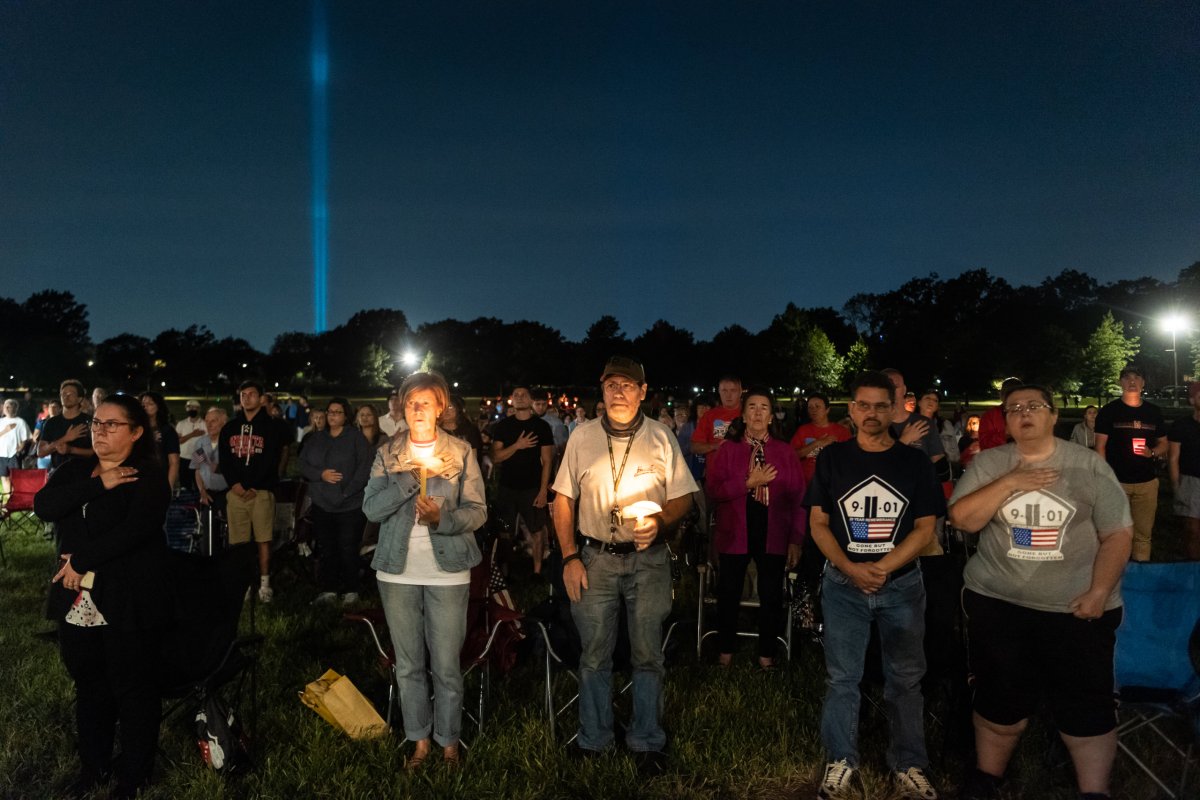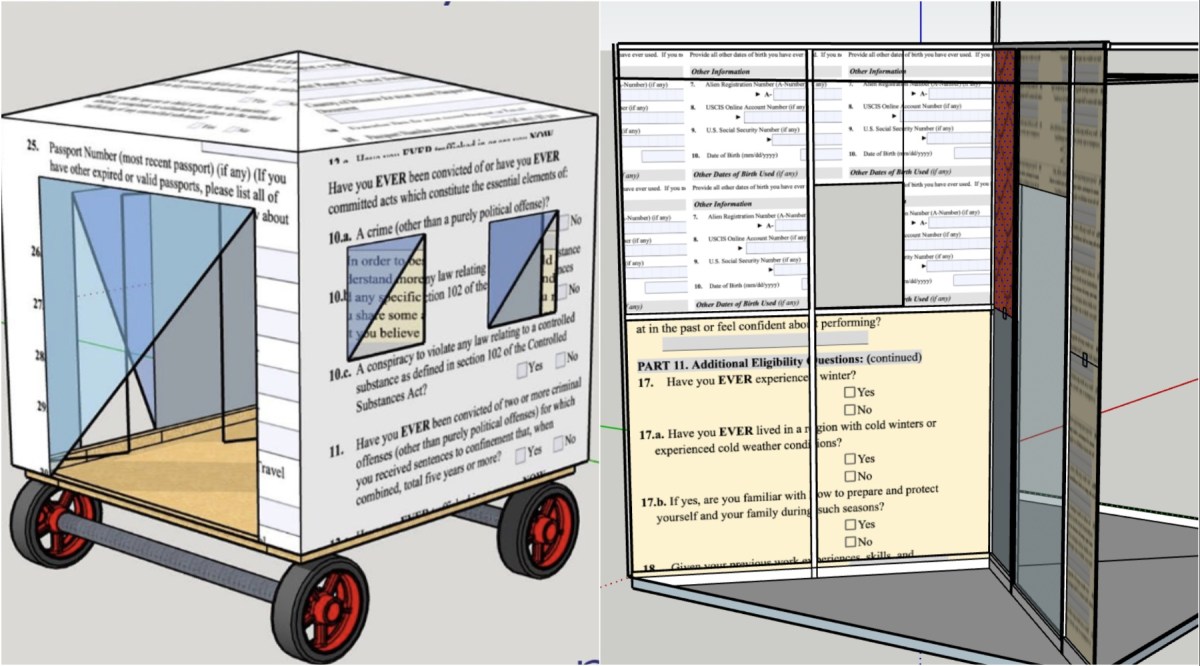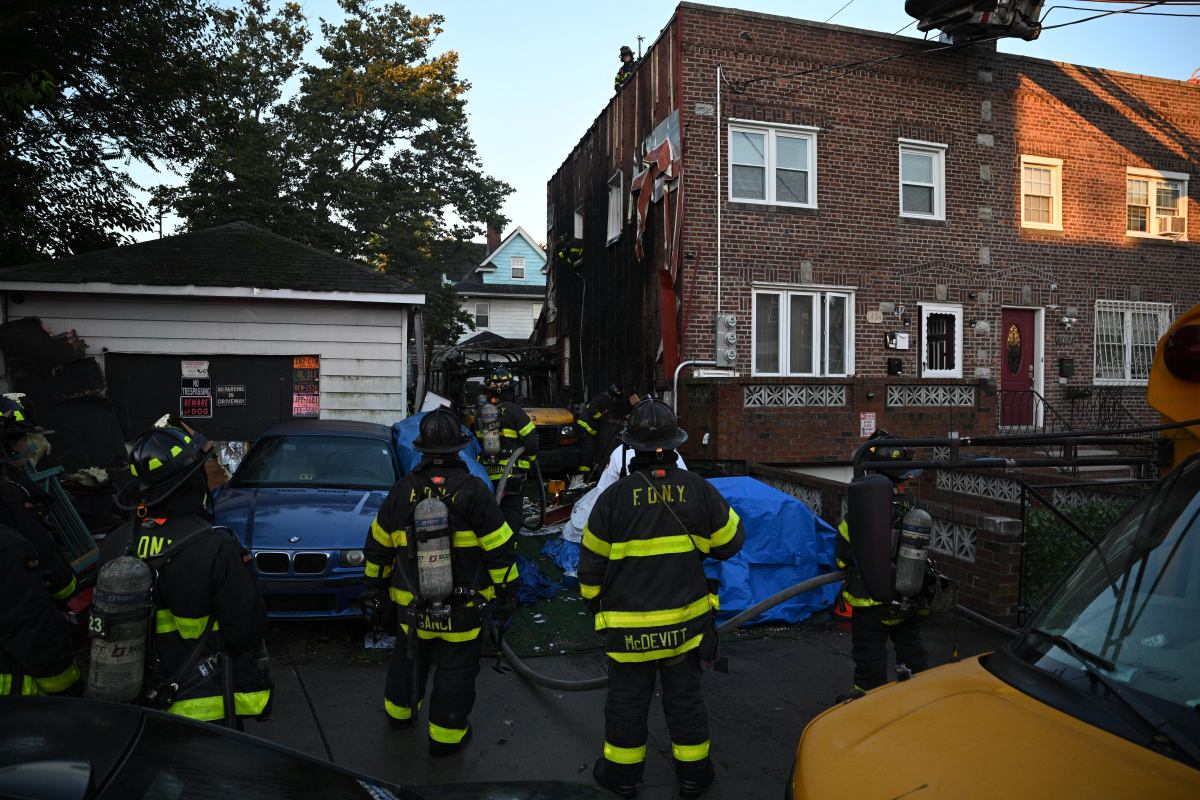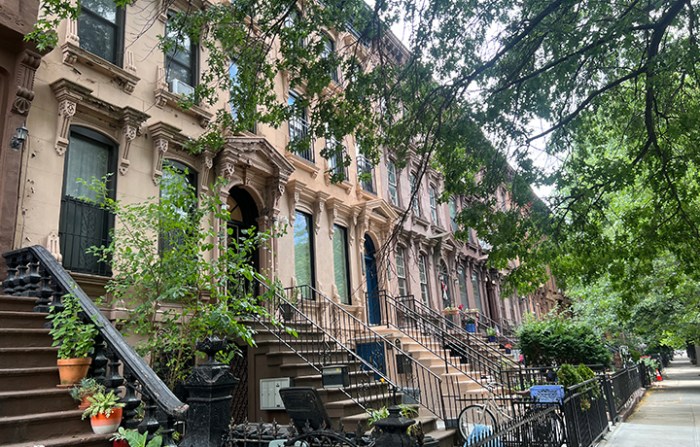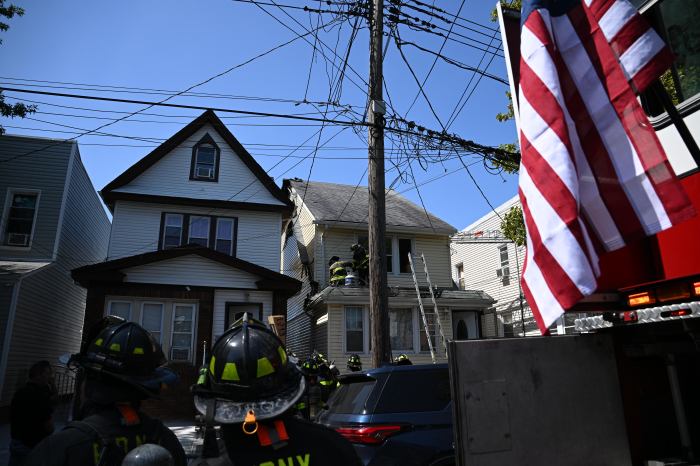By Albert Amateau
Edith Hsu-Chen, newly appointed director of the Manhattan Office of the Department of City Planning, has been involved in the give-and-take of land-use and development issues in the borough for 11 years.
Raised in Washington, D.C. — after an international childhood that began in Taipei — she earned her bachelor’s degree in design of the environment from the University of Pennsylvania and her master’s degree in urban planning from Harvard.
“I was always making villages as a child — setting out blocks and stuffed animals,” she recalled in an interview this week with The Villager.
Just out of graduate school in 1997, Hsu-Chen came to work in the Department of City Planning, where she was the Manhattan office liaison with Community Board 5, which includes central Midtown, and later adding the Community Board 1 district, covering Lower Manhattan.
“The borough’s two essential business districts,” she noted. In 1993, Hsu-Chen became deputy director of Planning’s Manhattan office in 1993.
As head of the Manhattan office, she is charged with advising Amanda Burden, chairperson of the City Planning Commission, and the 12 other commissioners on the issues involved in their land-use and zoning decisions.
Hsu-Chen sees her job as helping to make better neighborhoods, creating opportunities for affordable housing and economic development and fostering orderly growth.
“They’re multiple goals — compatible and not at all mutually exclusive,” Hsu-Chen said at the Sept. 22 interview at Department of City Planning.
She is currently overseeing the review procedure for the 111-block rezoning of the East Village and Lower East Side. The commission is expected to vote on the hotly debated rezoning on Oct. 7 and submit its recommendation to the City Council, which must decide on the measure on or before Nov. 26.
“We’re very proud of the transparent process,” she said, recalling the meetings with elected officials, Community Board 3 and other East Village and Lower East Side groups over the past four years. The goal of the rezoning — with its 80-foot height limit on most streets — was neighborhood preservation, while an increase in permitted height on the wide thoroughfares, like Chrystie, Houston and Delancey Sts. and Avenue D, was to provide opportunities for affordable housing, she said.
Hsu-Chen rejected the charges by some Chinatown groups that the rezoning is “racist” because it omits Chinatown.
“It’s unfair to the community board and to the groups that worked on the initiative,” she said. Chinatown, last rezoned in 1984, has different needs, and the department is talking to a broad range of community groups to address those needs, she said.
As for why a maximum building height of 145 feet is being considered for the west side of Chrystie St., Hsu-Chen said the boulevard is extremely wide, about 200 feet across due to Sara D. Roosevelt Park, plus that side of Chrystie St. doesn’t have a consistent building profile.
Planning’s Manhattan office had also considered the Bowery and Third Ave. for inclusion in the East Village/Lower East Side rezoning.
“We looked hard at it but it was very different — a major commercial thoroughfare; so we didn’t include it,” Hsu-Chin said. “We want to make sure we can accommodate a wide range of uses — institutions like Cooper Union and publishing like the Village Voice,” she said.
The proposed Spring St. Sanitation garage on a site at West and Washington Sts. that UPS owns is another strongly contested land-use issue, which the department is shepherding through the review process.
“We need to make sure that services like Sanitation and UPS and FedEx can land someplace,” Hsu-Chen noted. “We have to find sites to build facilities that can deliver these services.”
The City Planning Commission is scheduled to vote on the Sanitation garage plan on Oct. 7, with a final City Council decision at the end of November. But opponents of the plan have indicated they would go to court to overturn any decision to locate three Sanitation districts on the UPS property.
The rezoning of northern Tribeca is on Hsu-Chen’s future agenda.
“It’s a manufacturing zone, but it is residential and a great place to live,” she said.
Hsu-Chen believes that the rezoning of south Tribeca in the 1990s was a great success, with large retail space on the wide streets, and could become a model for the north part of the neighborhood. Retail space of various sizes, including large space on the wide streets, could become the pattern in north Tribeca, she said.
Asked about St. Vincent’s Hospital’s rebuilding and development plans, a megaproject being planned in Greenwich Village, Hsu-Chen said, “We know that St. Vincent’s is coming and that it will be large and there will be lots to work out.” She noted that the proposed hospital redevelopment is before the Landmarks Preservation Commission, which is considering whether the scheme is appropriate for the landmarked Greenwich Village Historic District.
The date for the Landmarks Commission vote on St. Vincent’s has not been set, but it is expected before year’s end. Only after the landmarks issue is decided would the City Planning Commission consider the zoning variances for which St. Vincent’s would have to apply.














